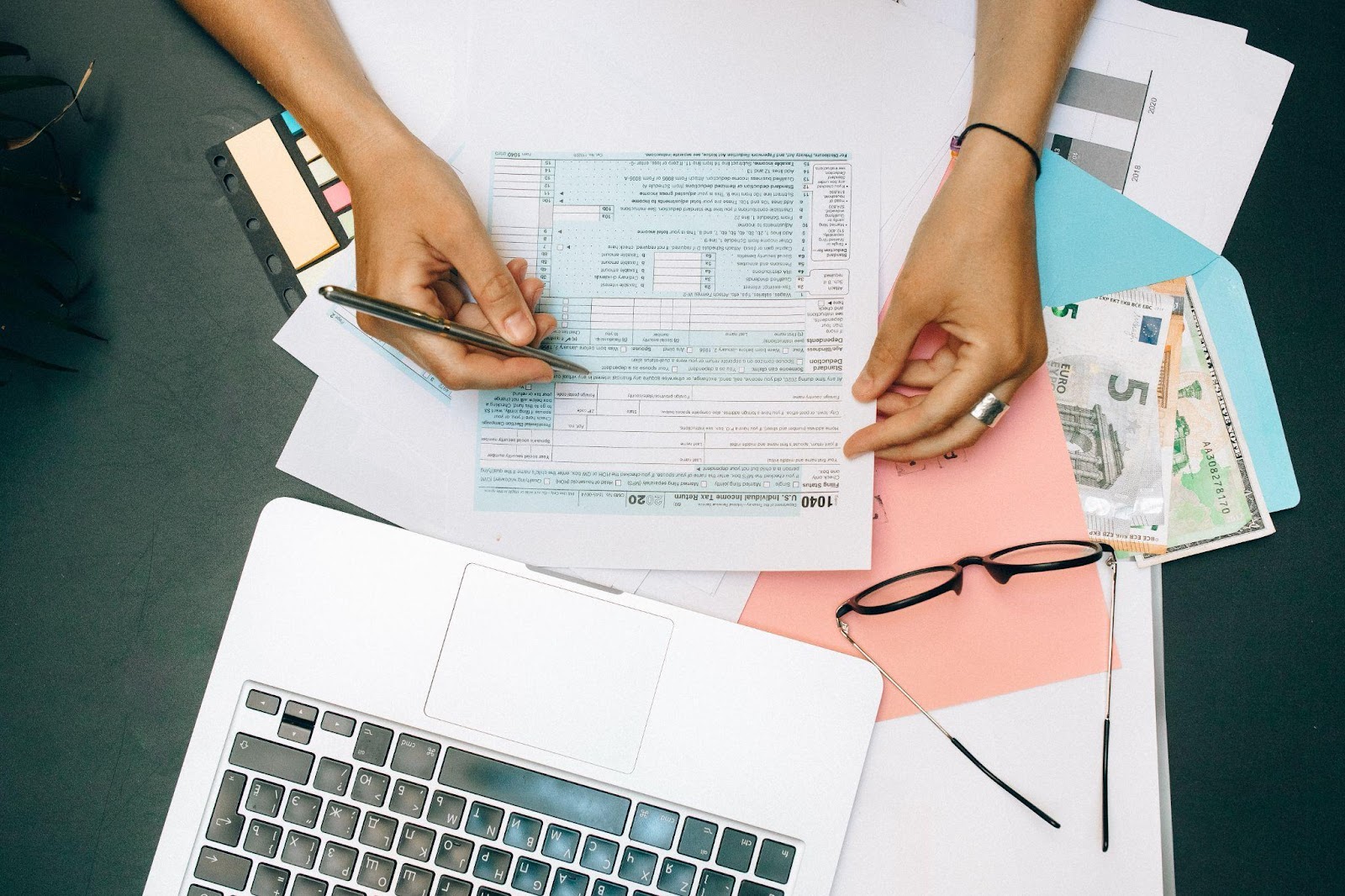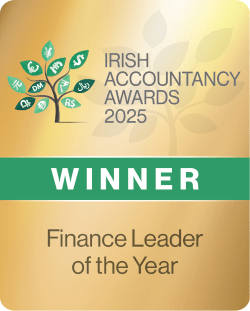As accountants for Amazon sellers we know first hand that Amazon accounting can be difficult. There are a lot of fees to account for – and they are not always clearly marked for in your Amazon seller central account. You may need to spend a considerable amount of time digging through your statement to accurately account for expenses.
In this Amazon Accounting Guide, we’ll look at VAT returns, taxes and fees in greater detail.

Amazon Fees
There are a number of fees associated with your Amazon seller central account that need to be recorded in your books. Speak to an accountant for Amazon sellers if you need help with this.
The first fees you’ll need to account for are Subscription fees. As an Amazon seller you can choose between being an Individual seller (sell less than 35 items a month) and a Professional seller (sell more than 35 items a month and want to advertise your products).
Individual sellers need to pay $0.99 per item, whereas professional sellers are charged a rate of $39.99 per month. A referral fee of between 8-15% is applicable, depending on the item and category, and some items are subject to an additional closing fee.
Services fees are applicable when processing returns, charged on stock management and even imposed on accounts with high volumes of listings. Amazon FBA sellers (Fulfillment by Amazon) have another host of fees to deal with.
These fees may change annually. It’s important to keep a close eye on fees paid, tax collected, shipping fees, returns reimbursed and other transactions so that you can plan for these expenses when devising your pricing strategy. Once you’ve got a clearer picture of expenses, you can also work on reducing them over time.
How Does VAT Work on Amazon?
As an accountant for Amazon sellers, we’ve seen many times the confusion and mess around VAT, GST and other taxes.
Amazon sellers need to be aware of the taxes that are applicable to their sales, including sales tax, income tax, VAT, GST and international taxes if applicable. If you’ve sold within or into the UK and Europe, you would be aware of the many changes to VAT (Value Added Tax) as a result of Brexit as well as the 2021 Ecommerce VAT package. Once you have your VAT registration number, you need to become aware of all the pitfalls that comes with your new status.
VAT Thresholds
Anyone that has used eCommerce bookkeeping services would be familiar with VAT compliance and know they need to register for VAT once their turnover reaches the applicable VAT threshold. If that applies, you’ll be used to paying VAT to suppliers and charging VAT on goods sold to customers. However, distance selling has its own unique rules when it comes to VAT.
Tax agencies can’t collect VAT from every company that sells goods in their country, but they cannot avoid collecting VAT from foreign suppliers without disadvantaging local businesses that do pay taxes.
To ensure that VAT collection is manageable for companies that do business in the EU and that VAT is collected, distance-selling thresholds were imposed.
Under this rule, when a business sells more than the VAT threshold in any country, they must register for VAT locally and file a VAT return. In Europe, member states must adhere to the distance-selling threshold of €10,000. (Amazon’s Vat calculation service can help determine how much VAT should be paid, but it’s not always accurate or practical when need to issue a VAT invoice in a hurry). An experienced accountant for Amazon sellers can help you navigate these complexities.
Exceeding the VAT Threshold
If a business exceeds the revenue threshold in a specific country, they are obligated to collect and submit VAT returns in that country. Before you meet that threshold, you can charge VAT at your local rate (e.g. 23% in Ireland) and pay the local tax authorities accordingly. Once you’ve registered for VAT in the destination country, you need to collect VAT at their country’s rate (i.e. 20% in France or 19% in Germany) and pay their tax agency.
One Stop Shop (OSS) and Import One Stop Shop (IOSS) Registration
To avoid registering for VAT in several countries at once, the One Stop Shop (OSS) and Import One Stop Shop (IOSS) scheme was introduced for business-to-consumer cross-border sales to replace multiple foreign VAT registrations.
OSS is for selling within the EU, and IOSS is for selling into the EU. Companies that register for this scheme do not need to monitor thresholds or become VAT registered in various countries, provided that goods are only stored in the home country. This also eliminates the need for regular foreign VAT returns. Instead, a periodic OSS report is submitted in the seller’s home country.
One-Stop-Shop only applies to cross-border transactions, which is why it’s still important to register for VAT in your home country and submit domestic VAT returns accordingly.
Because it requires sellers to store products in their home country, it’s less applicable to sellers making use of Fulfillment Programs such as Amazon FBA, which enables sellers to store their goods in a variety of foreign countries. As soon as products are stored in a country, VAT registration becomes mandatory in all countries.
Deliveries from the home country to foreign countries are taxed with foreign VAT rates. t. Deliveries from foreign warehouses to customers in foreign countries are taxed in with foreign VAT. If this is starting to sound overwhelming, talk to an accountant for Amazon sellers.
Exporting Products Outside the EU
VAT-registered businesses in the UK or EU that export products to customers outside the EU don’t charge VAT in their own country, even if you’ve filed for EU VAT registration. Instead, when its received by customs, the destination country will pass on sales tax and import VAT to the customer.
Similarly, if your company is not based within the UK or EU but sell products to consumers in the UK or EU. Instead, the buyer will pay VAT on arrival.
You can register and file VAT returns by using the online portals of your country’s tax department, using the OSS system, submitting a form manually or sending the return directly from your cloud accounting system.
Make a habit of requesting your Amazon VAT transactions report to make sure that the VAT paid is accurate.

As you can see juggling multiple EU VAT registrations, knowing how much VAT to charge across various EU countries, and monitoring the VAT registration threshold in each EU country can be complex, so it’s a good idea to speak to a tax advisor for tax advice. You may also want to look for an automated solution that can account for VAT rules and manage VAT filings accordingly.
To recap:
- If you are selling to end consumers in other EU countries, but don’t have inventory in the EU and have not passed the distance selling threshold, simply collect VAT at your local tax rate and pay Revenue accordingly.
- If you pass the distance selling threshold or store inventory in another country, you must register for VAT in that jurisdiction, charge VAT at the destination country’s rate, and pay taxes to their tax department.
- If you are VAT registered in the UK or EU, but sell to customers outside the EU, taxes are charged to the customers.
- If you are not located in the UK or EU, or are not registered for VAT, you shouldn’t charge VAT as it will be paid on the buyer’s side.
- The One-Stop Shop and Import One Stop Shop systems are designed for sellers who sell to several EU countries who need to remit their VAT in one place. Sellers file one return and the systems will take care of the rest.
VAT registration and payment can be complex when dealing with international sales. If you are unsure whether or not you are VAT compliant or how VAT distance selling thresholds work, get in touch with us at Around Finance. As specialist accountants for Amazon sellers we have many years of experience with ecommerce sales, tax and VAT and can help you.












